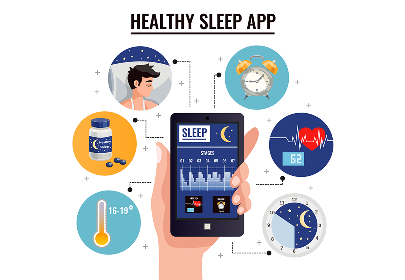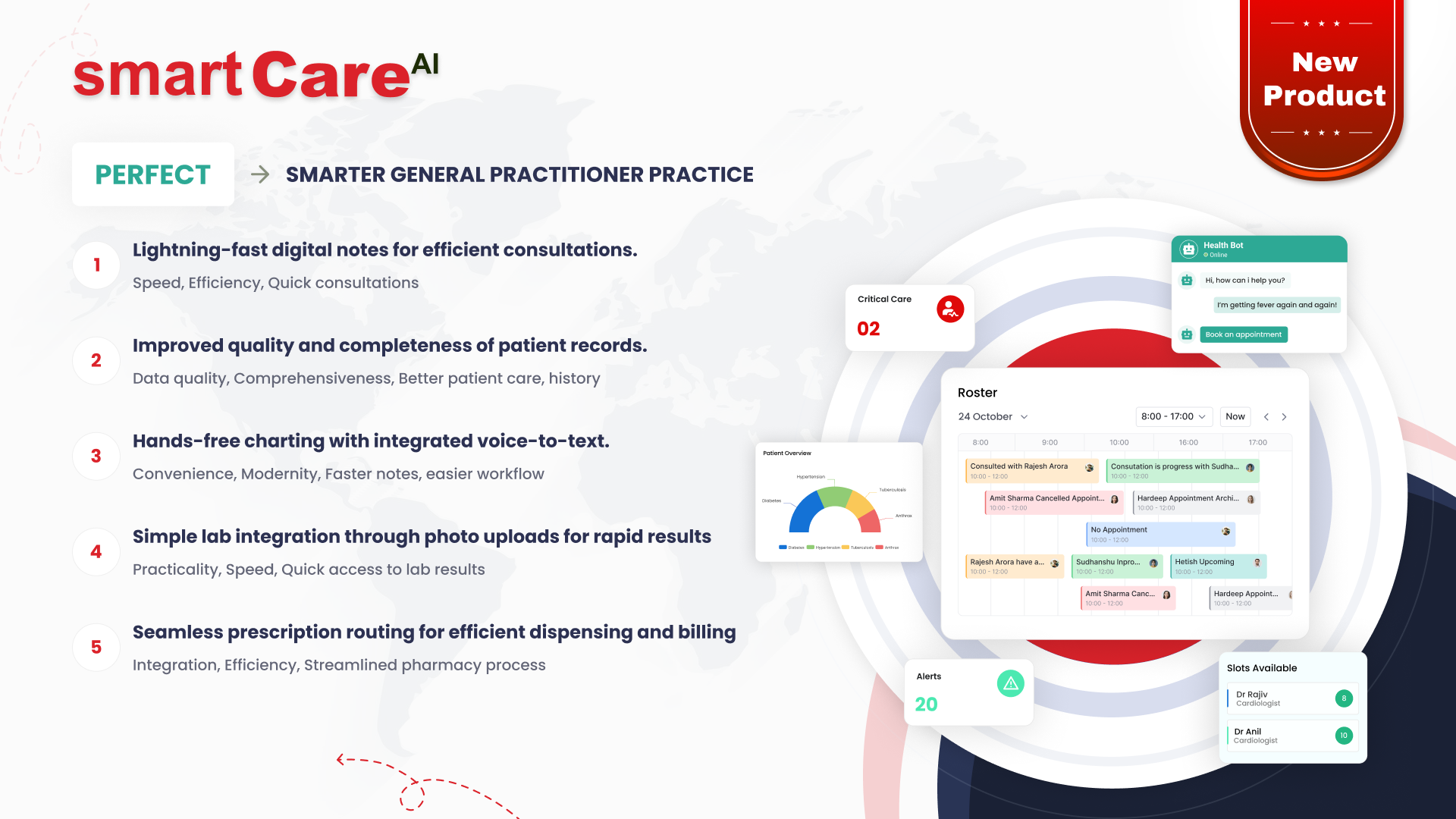Posted On January 9, 2025
Ensuring regulatory compliance in healthcare software projects: A complete checklist
Ensuring regulatory compliance is key when developing healthcare software projects. It shows a healthcare organization’s dedication to high standards of quality, safety, privacy, and security. Regulations cover important areas like data protection and patient care, and non-compliance can lead to heavy fines and legal action. Here’s a comprehensive checklist for ensuring regulatory compliance throughout lifecycle of healthcare software projects:
Initial Planning:
- During initial planning first of all we need to understand and identify applicable Regulations (e.g., HIPAA, GDPR, FDA, ISO 13485, HITECH).
- We should clearly document regulatory requirements in project scope and objectives.
- We should Identify and categorize sensitive data like Personal Health Information (PHI) and Personally Identifiable Information (PII).
Design Architecture:
- We should build the system with privacy in mind, like collecting only necessary data and using pseudonyms where possible. We should protect data with strong encryption like AES-256, both when stored and during transfer.
- We should implement role base access control and multi-factor authentication (MFA, so authorized people can access sensitive data.
- We should maintain secure audit trails by logging user actions and system events..
- Adhere to healthcare data exchange standards like HL7 and FHIR for seamless integration with other systems, including Electronic Health Records (EHRs).
- Ensure robust security design to prevent vulnerabilities like SQL injection and XSS.
Development Phase:
- We should follow secure coding practices like OWASP guidelines. Also we should use regulatory-specific tools and frameworks, such as HITRUST, for compliance.
- Proper data validation is essential to ensure that the inputs and outputs of the software meet regulatory standard and ensure proper patient consent management for data usage, especially in compliance with regulations like HIPAA and GDPR.
- Rigorous testing is crucial to ensure the software meets functional, performance, and security requirements. Test for system performance under load and ensure security through penetration testing.
- Documentation- Keep detailed documentation and a traceability matrix to ensure proper mapping of requirements and test cases.
Pre-Deployment-
Conduct third-party audits, regulatory submissions (e.g., CDSCO, FDA, CE marking), and end-user training. Develop contingency plans like disaster recovery.
Deployment:
Ensure the software is hosted in a secure environment, keep an eye out for any security breaches, and make sure backups are encrypted. Get the final approval from all relevant stakeholders.
Post-Deployment:
Monitor for vulnerabilities, perform regular audits, and address any incidents. Stay updated on regulatory changes and train your team to maintain compliance.
Ongoing Maintenance
Stay informed about regulatory updates and apply them promptly.
Provide continuous training to keep your teams updated on new regulations and security risks.
Maintain records of software updates to ensure all versions comply with regulations.
By following these checklists, we can reduce the risk of non-compliance, avoid penalties, and ensure the delivery of healthcare software that meets both legal and ethical standards.








